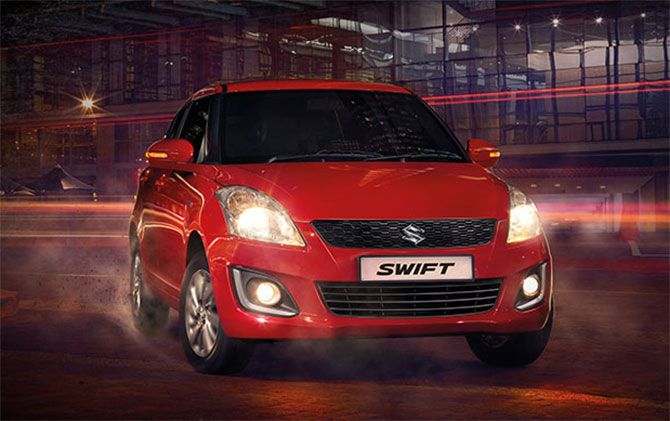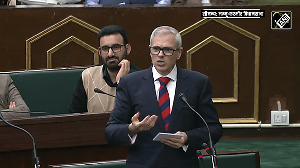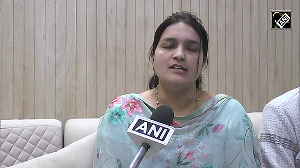The carmaker has managed to significantly improve its product mix in the past two-three years by successfully launching sedans, utility vehicles and premium hatchbacks.

The India operations of Japanese automobile major Suzuki have, for the first time, emerged as a bigger entity to the group’s home market, Japan, in revenue terms. The change comes on the back of a double-digit growth here while its sales back home is on a decline.
In addition to growing volumes in India, there is another significant trigger driving revenues for Suzuki’s India subsidiary, Maruti.
The carmaker has managed to significantly improve its product mix in the past two-three years by successfully launching sedans, utility vehicles and premium hatchbacks. These have also helped it in expanding market share.
Based on the latest financial performance (for April-December 2016) announced by Suzuki Motor Corporation (SMC) early this month, India brought 708,479-million-yen revenue (1.59 yen = 1 rupee) for the company’s automobile revenue, about a per cent higher than the Japan sales value of 698,980 million yen.
The India contribution would have come even higher but an adverse exchange rate impacted the revenue in yen. Suzuki puts segments like motorcycles and marine products as individual segments, outside the automobile business.
SMC’s Indian subsidiary, Maruti Suzuki, already sells more vehicles than Japan and enjoys a greater market cap than its parent. SMC is faced with a declining market in Japan whereas its Indian subsidiary is seeing a capacity constraint, leading to waiting period of several months in some of its best-selling models like Baleno and Brezza.
For instance, SMC’s sales in Japan declined more than three per cent to 0.49 million vehicles (during April-December of 2016) while Maruti’s volume grew more than nine per cent to 1.06 million vehicles in spite of an impact of demonetisation in the third quarter.
Riding on a series of premium launches (Ciaz in 2014, S Cross & Baleno in 2015 and Brezza in early 2016), the company’s average realisation per vehicle is shooting up. In the April-December period of 2016, the average realisation per unit stood at about Rs 423,000 nine per cent higher to the corresponding period of 2015.
The increasing realisation is a key reason to rising profitability and revenue for Suzuki’s Indian arm. This average realisation is set to inch up this quarter as a new product, Ignis, has been launched.
The company has managed to consistently increase share in a growing Indian market in the past four-five years. The largest player currently commands a share of more than 47 per cent.
“As India is poised to grow to the third biggest car market by 2020, companies like Maruti Suzuki look well placed to achieve new milestones. Suzuki has already reinforced the importance of Indian market by deciding to invest in setting up its first car manufacturing unit in Gujarat,” said an automobile analyst.
The Gujarat plant will have an initial capacity of 250,000 units a year. Suzuki will sell cars to its Indian subsidiary at no-profit no-loss basis for retailing through Maruti’s showrooms.







 © 2025
© 2025